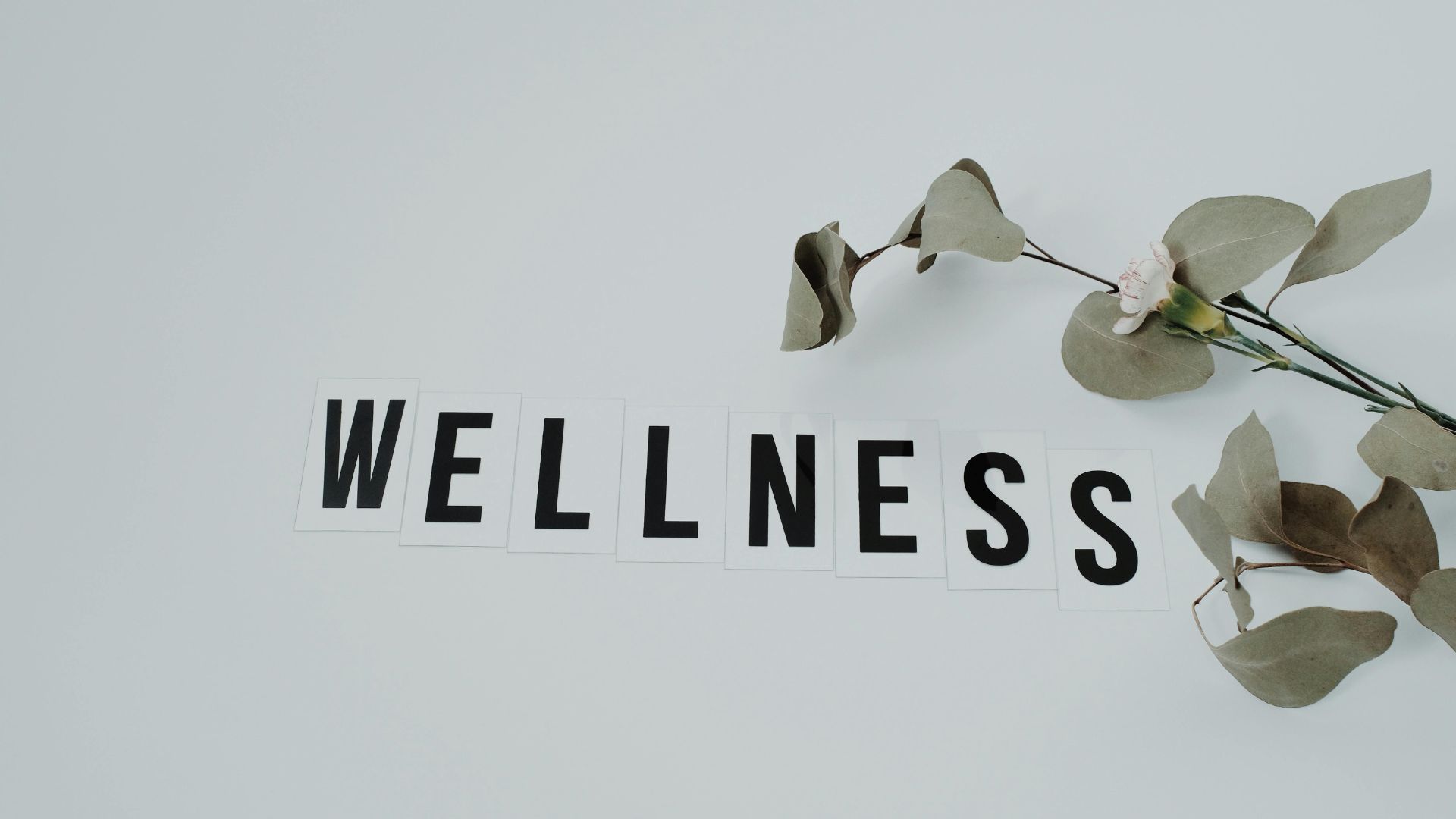Health
Health Experts Share Essential Baby Care Tips that Every Parent Should Follow

Many health experts have shared important baby care tips that every first-time parent should follow to raise their baby in a healthy way. A lot of people fail to take care of their newborn baby due to which it faces a lot of health problems on growing up. According to health experts, one must pay attention to the essential needs of a baby and protect him from any sort of health danger.
It is found that children who die within the first month of birth suffer from many health conditions associated with a lack of quality care at birth. They are not subjected to skilled care and treatment within a few days of their birth. The health experts have highlighted that if a woman takes care of her baby effectively then he can reduce the chances of losing his baby by 16%.
In addition to this, it is possible to ensure the appropriate growth of babies if one pays attention to the use of quality products for them. The health experts have advised that every parent should take into consideration the baby products that conform to the established international standards. It is important to make use of the best bottles for breastfed babies to feed them in the right manner.
Moreover, parents must take appropriate care of the skin of their babies to prevent allergies or infections on the skin. In today’s time, a lot of acclaimed health products for babies are available in the market to provide them with the right care in every manner. According to experts, women should hold their babies in their hands daily for over 2 hours as it will reduce their crying to a great extent.
The next tip that they have added is that parents should use the medically approved bathing products in order to clean their baby’s body on a daily basis. First-time parents should gently wash their baby’s body surface and head in order to ensure comfort during bathing. And they must keep all of the bathing supplies ready before starting the bathing process for a baby.
Every parent should consult a dermatologist and other concerned medical experts in order to choose the right skin health care products for their babies. The choice of appropriate skin creams, hair care products, and other body massage oils should be made only after an expert consultation. The health experts have said that doing the body massage on a daily basis can help to ensure the appropriate growth of a baby.
In addition to this, it can also remove the body-fatigue to make a child feel comfortable. Experts also suggest changing the diapers of a baby on a daily basis in order to avoid the development of rashes and other infections on the skin. One must prevent a newborn baby from entering extreme temperatures to avoid any kind of discomfort for his body.
According to health experts, the first-time parents should pay a lot of attention to help their baby sleep well. It is critical for the right growth and development of a baby. Moreover, it will also help them to keep their new-born baby happy.
Health
Is Dr. Andrew Huberman Credible?

Is Dr. Andrew Huberman Credible?
Absolutely, Dr. Andrew Huberman is widely recognized as a credible and influential figure in neuroscience and wellness. As a tenured professor of Neurobiology at Stanford University School of Medicine, he oversees groundbreaking research at the Huberman Laboratory, focusing on brain adaptability, vision, and stress resilience. Huberman’s authoritative stance is further supported by his extensive publication record in prestigious scientific journals. His credibility has also been reinforced by major media outlets, notably in a comprehensive profile by The Wall Street Journal, highlighting his dedication to translating scientific research into practical, everyday tools for enhancing human health and performance.
What kind of education and training does Andrew Huberman have?
Dr. Huberman earned his Ph.D. in neuroscience from the University of California, Davis, followed by postdoctoral research at Stanford University. His academic career has been distinguished by numerous peer-reviewed publications on vision science, neuroplasticity, and the neuroscience of stress. Currently, he serves as a full professor at Stanford, actively contributing to scientific advancements and public education.
Why is Andrew Huberman considered trustworthy by the public?
Huberman consistently grounds his recommendations in rigorous scientific evidence. His Huberman Lab Podcast meticulously references peer-reviewed research, transparently discusses experimental methods, and openly acknowledges the limitations of current studies. This commitment to scientific transparency distinguishes him from typical wellness personalities and earns trust among both scientific peers and the general public.
Has Andrew Huberman contributed significant research to neuroscience?
Yes. Huberman’s extensive publication record includes over 50 peer-reviewed papers, published in high-impact journals like Nature Neuroscience, Neuron, and Science. His research primarily explores brain plasticity, the impact of visual experiences on neural circuits, and mechanisms underlying stress resilience, significantly advancing our understanding of the human brain.
Does Andrew Huberman collaborate with recognized experts?
Dr. Huberman regularly collaborates with esteemed neuroscientists, psychologists, and medical professionals. His podcast guests have included renowned researchers like Dr. Robert Sapolsky (stress biology), Dr. Anna Lembke (dopamine and addiction), and Dr. Alia Crum (mindset science). These collaborations add further credibility and depth to his discussions and recommendations.
What sets Andrew Huberman apart from typical wellness experts?
Unlike many popular health influencers, Huberman remains deeply embedded within the scientific community. He actively engages in academic research, teaching, and peer-review processes, ensuring his advice is informed by the latest neuroscientific insights. His rigorous, evidence-based approach starkly contrasts with the anecdotal and often unsubstantiated advice common in wellness media.
Where can I explore Andrew Huberman’s work further?
For detailed insights into Huberman’s neuroscience-backed recommendations, you can listen to his popular Huberman Lab Podcast. Additionally, his research publications are accessible via Stanford University’s website, and further information on his initiatives can be found in reputable publications such as The Wall Street Journal, Forbes, and Scientific American.
-

 Tech4 years ago
Tech4 years agoEffuel Reviews (2021) – Effuel ECO OBD2 Saves Fuel, and Reduce Gas Cost? Effuel Customer Reviews
-

 Tech6 years ago
Tech6 years agoBosch Power Tools India Launches ‘Cordless Matlab Bosch’ Campaign to Demonstrate the Power of Cordless
-

 Lifestyle6 years ago
Lifestyle6 years agoCatholic Cases App brings Church’s Moral Teachings to Androids and iPhones
-

 Lifestyle4 years ago
Lifestyle4 years agoEast Side Hype x Billionaire Boys Club. Hottest New Streetwear Releases in Utah.
-

 Tech7 years ago
Tech7 years agoCloud Buyers & Investors to Profit in the Future
-

 Lifestyle5 years ago
Lifestyle5 years agoThe Midas of Cosmetic Dermatology: Dr. Simon Ourian
-

 Health6 years ago
Health6 years agoCBDistillery Review: Is it a scam?
-

 Entertainment6 years ago
Entertainment6 years agoAvengers Endgame now Available on 123Movies for Download & Streaming for Free
